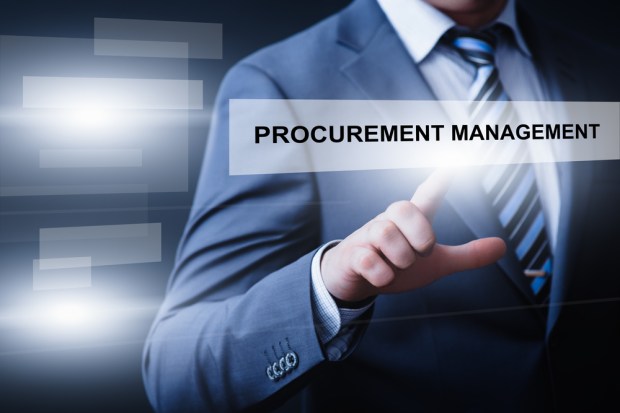Procurement, With Speed And (Shopping) Intelligence

In an increasingly global B2B marketplace, information — and information that is delivered quickly — can make a significant difference in how firms research, source and buy the items they need to remain competitive.
The phrase “real time” has been applied to just about every facet of B2C and, slowly but surely, B2B as well. In the case of the latter arena, procure-to-pay activities can benefit from better connectivity and information flow across currencies, countries and, of course, suppliers and their SKUs.
In an interview with PYMNTS, Mike Palackdharry, president and CEO of procurement solutions firm Vinimaya, said that the larger trends at work in the procure-to-pay space include a movement toward centralized data across catalogs and suppliers, with a need — filled by the aquiire suite that just debuted earlier this month — for real-time information flow.
Vinimaya’s latest offering, said the executive, gives context to both structured and unstructured data, with the end goal, he said, “of allowing access to this information and the ability to make decisions about the risk in a supply chain — risk geographically, risk financially and even documenting whether suppliers are really in compliance” with rules governing parts or labor.
The data sets themselves come from a myriad of sources, with conduits from its relationship as a group company of Vora Ventures, a private equity firm, a relationship that Palackdharry said is “deep-rooted in enterprise search and real-time data integration.” Data can come from sources as disparate as blogs, business articles, regulatory filings and so on. As a result, said Palackdharry, aquiire users “can find out what the world thinks about their suppliers,” along with finding out, say, if there are financial issues (and even looming bankruptcy) in the mix or if there are allegations of labor law violations.
In reference to real-time procurement processes, Palackdharry said that activities that span searching across electronic catalogs, websites or local catalogs can create a “private marketplace” of information defined by user parameters that can include price, product availability and supplier data without having to leave the aquiire platform, a function that can help improve workflow. Data is presented through what is described as “visual discovery,” with an interactive heat map that can help direct procurement professionals to exactly what they seek, at the price level and supplier preferences they set. In addition, it is also possible to set the procurement solution to display alternate suppliers and their products and pricing, should “preferred” vendors not be an immediate option.
When asked about verticals that could benefit most immediately from real-time procurement processes, Palackdharry replied that more efficient and streamlined procure-to-pay processes benefit all industries, “but we see [interest from] a large group of smaller enterprises with less than $250 million in revenues” that tend to make quick transactions and also interest from group purchasing organizations. On the flip side of the P2P relationship, he said, “very small mom-and-pop” suppliers are eager to show that they are competitive in terms of price and product.
As far as payments are concerned, said Palackdharry, the service could be described as platform-agnostic, with the management of supplier activity ending, so to speak, at the shopping cart. But payments functionality is on the near-term horizon, for June. Longer-term trends across the procure-to-pay sector, said the CEO, include the embrace of continued digitization of functions, especially in an ever more global economy, and collaboration in real time (across the buyer and supplier relationship).
